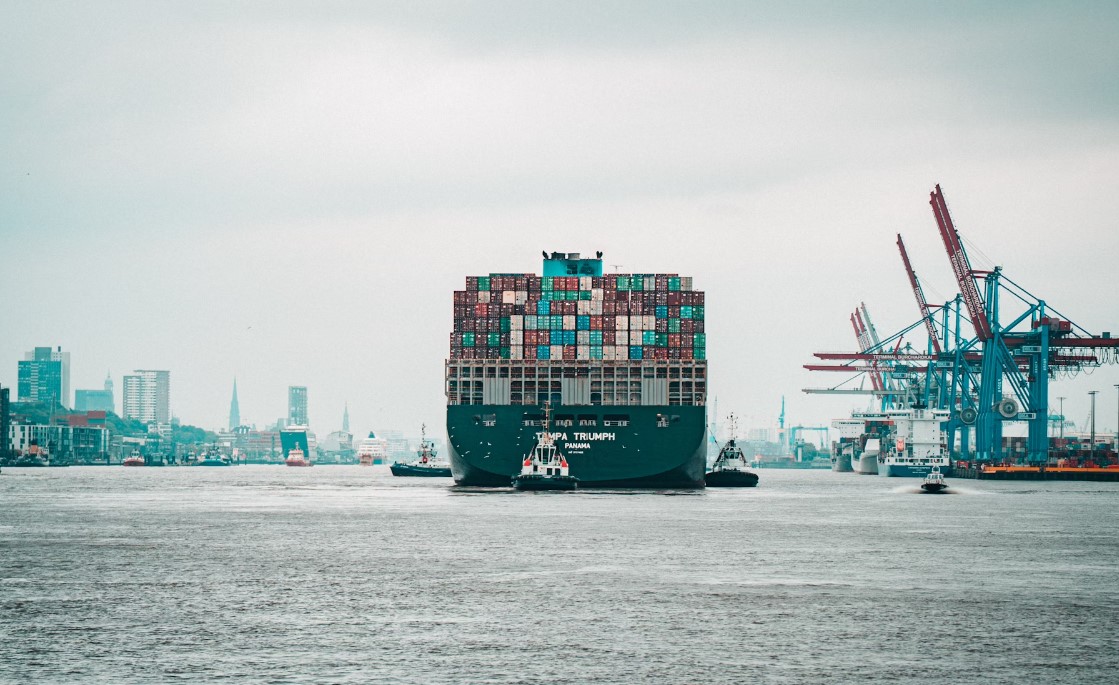Recent economic indicators have sparked apprehension among some analysts, who point to a possible resurgence of stagflation – a daunting scenario characterized by rising prices amidst economic stagnation. These concerns escalated in April, when first-quarter GDP fell short of projections while inflation figures exceeded expectations.
However, a closer examination of the data reveals a nuanced economic picture, one that challenges the narrative of impending stagflation. A comprehensive analysis suggests that the recent economic fluctuations are not necessarily indicative of a return to the dreaded economic malaise of the 1970s.
The current inflationary pressures appear to be primarily driven by robust consumer demand, a stark contrast to the supply-side shocks that fueled inflation in the past. This distinction is crucial, as demand-driven inflation is typically associated with a healthy economy, whereas supply-driven inflation can signal underlying economic vulnerabilities.
Several factors are contributing to the sustained consumer demand, including a growing labor force and increased spending on services. These trends are expected to persist, bolstering the overall economic outlook.
This demand-driven inflation scenario also presents a clearer path for the Federal Reserve. Unlike the complexities of supply-side shocks, demand-driven inflation is more responsive to monetary policy adjustments. This enables the central bank to more effectively calibrate interest rates to curb inflation without stifling economic growth.
In conclusion, while the recent economic landscape may appear turbulent, a deeper dive reveals a more optimistic outlook. The current inflationary pressures, while concerning, are not necessarily indicative of a looming stagflationary crisis. Instead, they appear to be a reflection of a resilient consumer base and a robust economy. By differentiating between supply-driven and demand-driven inflation, we can gain a more accurate understanding of the current economic landscape and chart a course toward sustained economic growth.


